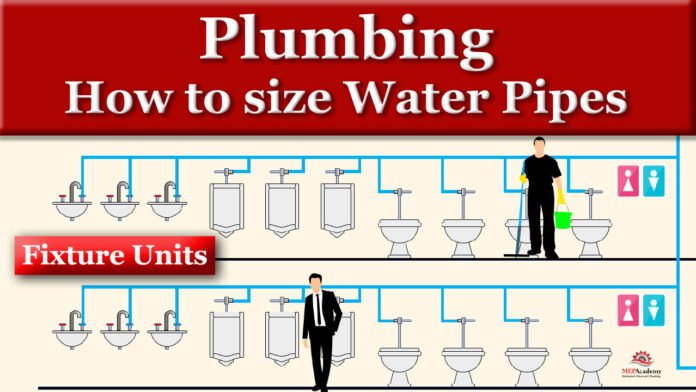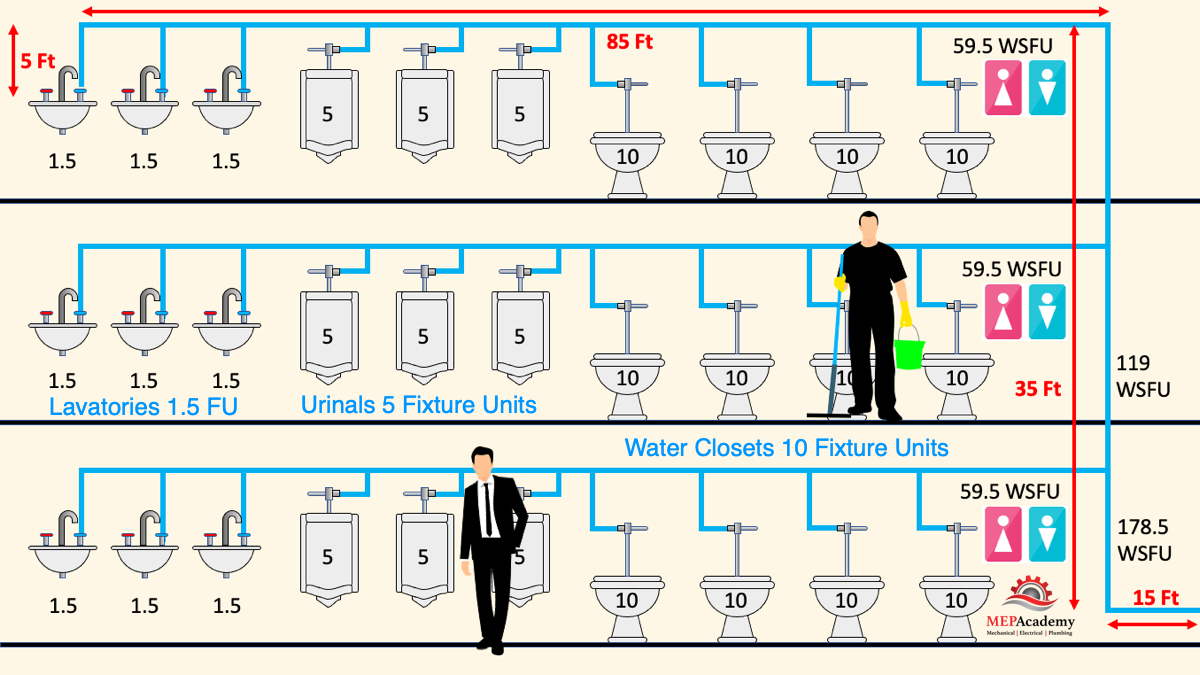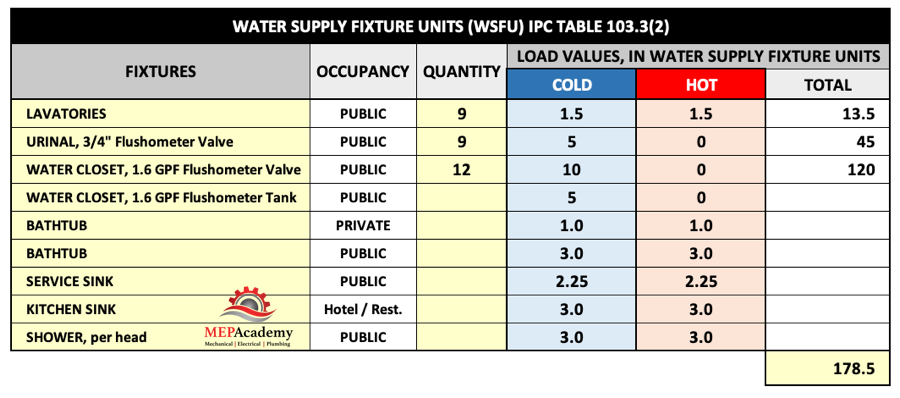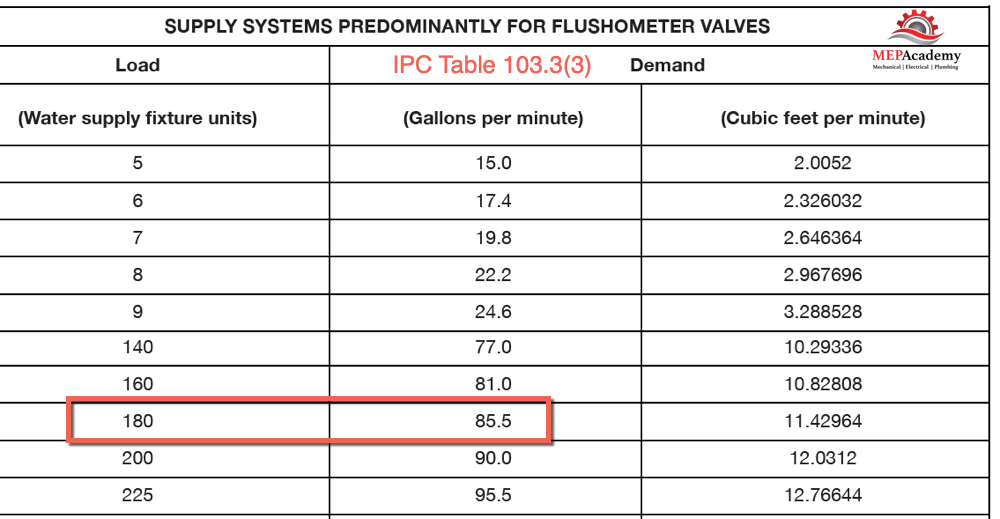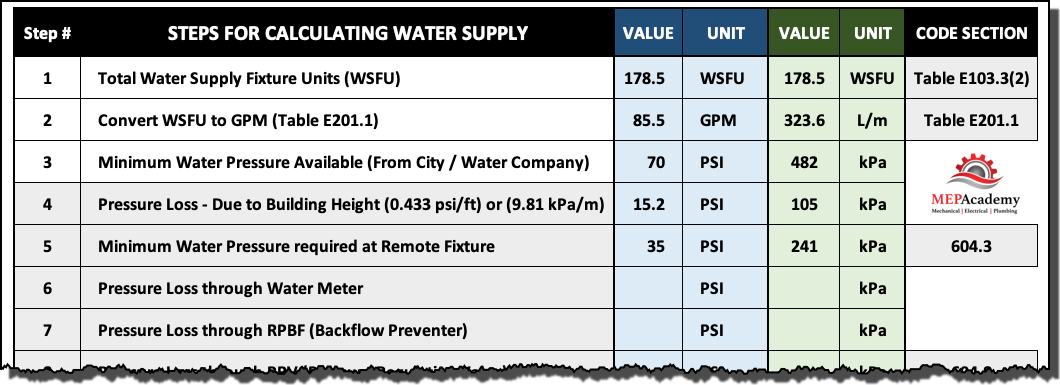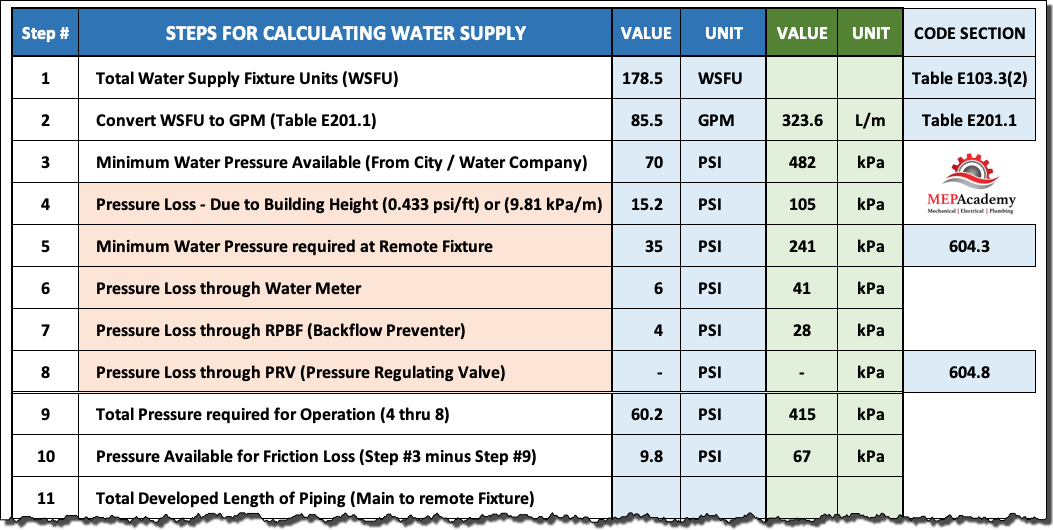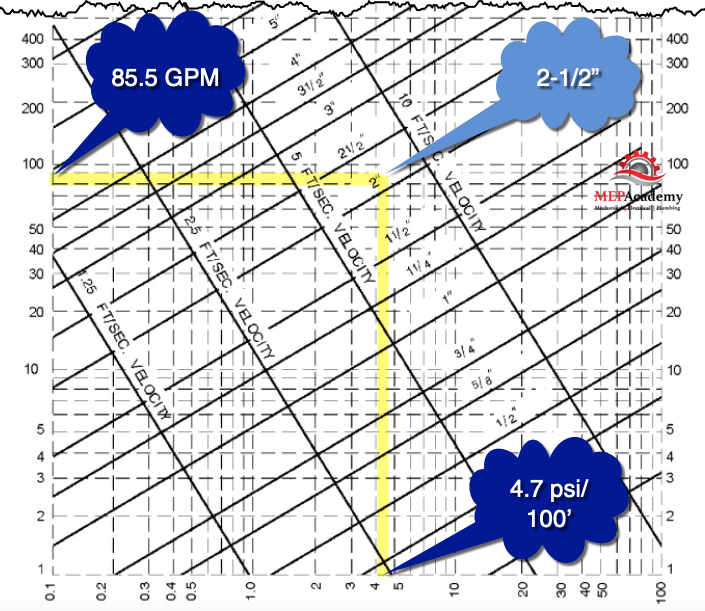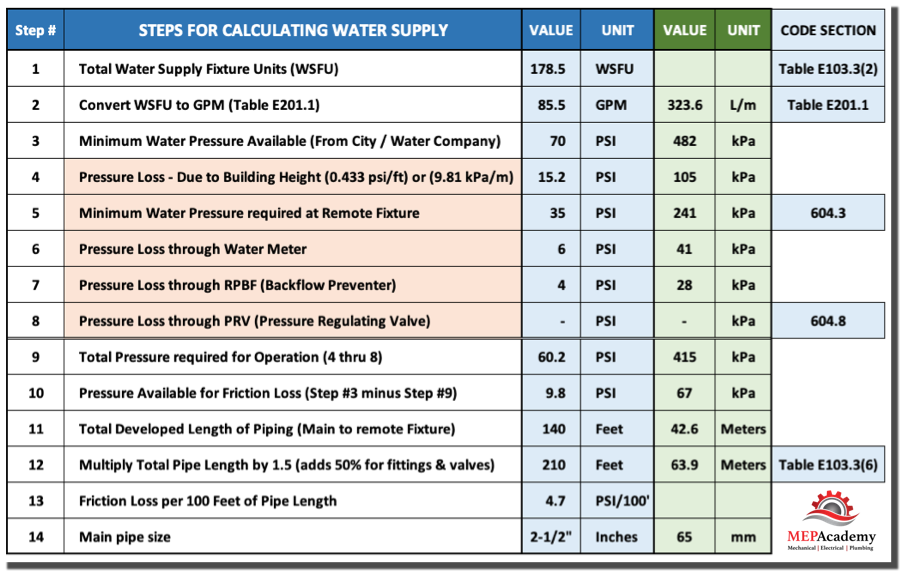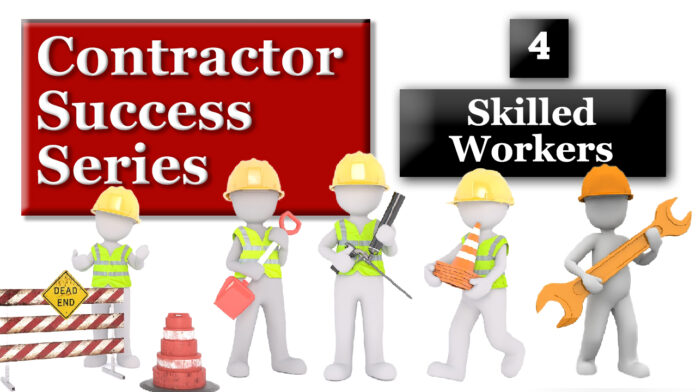Daylighting for Health and Energy Savings. In this article we’ll discuss the many benefits of daylighting including improved health and energy efficiency. However, we’ll cover why it’s important to design and implement daylighting strategies carefully, considering factors such as building orientation, climate, and occupant needs, to ensure optimal performance and maximum benefits.
If you prefer to watch the video of this presentation, then scroll to the bottom or click on the following link. Daylighting for Health and Energy Savings
In the U.S. the location of windows is important for implementing daylight saving strategies while preventing excess heat gain in summer months. According to the Department of Energy (DOE), windows that are located on the South side of a building provide the most light in winter months, while minimizing direct sunlight during the summer to keep the interior cooler. Windows located on the north of the building are also beneficial for bringing in natural light with little glare and little summer heat. Orientation of the building should be optimized to avoid windows on the east and west sides of the building as they don’t work as well for daylighting because of excess heat gain and glare during the summer months.
How to Increase Daylighting while reducing glare
To increase daylighting while reducing glare, you can implement various design strategies and use appropriate materials. Here are some suggestions:
Use light-colored or reflective surfaces: Light-colored walls, ceilings, and floors can help distribute natural light more effectively throughout a space. Reflective materials, such as glossy finishes or mirrors, can bounce light deeper into the room.
Install windows with appropriate glazing: Consider using windows with glazing that reduces glare while allowing ample natural light to pass through. Low-emissivity (Low-E) coatings on window glass can help to control the amount of visible light and heat transmitted while minimizing glare.
Utilize shading devices: Implement window treatments like blinds, shades, or curtains that can be adjusted to control the amount of sunlight entering a room. Tilted blinds or louvers can redirect light towards the ceiling, creating a softer, indirect illumination.
Incorporate light diffusers: Light diffusers, such as frosted glass, prismatic panels, or light shelves, can scatter and disperse natural light, reducing direct glare while still maintaining a high level of daylighting. They help to create a more evenly distributed illumination.
Optimize interior layout and furniture arrangement: Arrange workstations or seating areas in a way that allows natural light to reach deeper into the space. Avoid placing desks or seating directly in the path of strong sunlight to minimize glare.
Use adjustable lighting systems: Combine artificial lighting with daylighting by incorporating adjustable lighting systems. Dimmable lights or those with occupancy sensors can help balance artificial and natural light levels throughout the day.
Consider exterior shading elements: Exterior shading devices such as overhangs, awnings, or fins can effectively block direct sunlight and reduce glare. These elements can be designed to allow low-angle sunlight to enter the space while blocking high-angle sunlight.
Implement light redirecting techniques: Light redirecting films or glazing can be applied to windows to diffuse and redirect sunlight, reducing glare while maintaining a high level of daylighting. These films can help distribute light more evenly and prevent harsh reflections.
Use daylighting analysis tools: Computer simulations and daylighting analysis tools can help optimize the design by modeling how natural light will interact with the space. These tools can assist in identifying potential glare issues and refining the design to maximize daylighting while minimizing glare.
Remember, the specific strategies to implement will depend on factors such as the building’s orientation, location, and the desired level of daylighting. Working with a professional architect or lighting designer can provide more tailored solutions to address your specific needs.
Health Benefits of Daylighting
Daylighting, which refers to the use of natural light to illuminate the interior of buildings, has been shown to have several health benefits. Here are some of the ways in which daylighting can be good for your health:
Patient Rooms: In the design of hospitals there is a requirement that all patient rooms are provided with a window, as research has shown that patients exposed to natural daylighting have faster recoveries with less medication.
Reduces stress and improves mood: Exposure to natural light has been linked to increased production of serotonin, a neurotransmitter that helps regulate mood. Exposure to natural light has been shown to reduce stress and anxiety levels. This is because natural light can help regulate your body’s levels of the hormone cortisol, which is often referred to as the “stress hormone.”
Improves sleep and Mental Clarity: Exposure to natural light during the day can help regulate the body’s circadian rhythm, which is the internal “clock” that helps regulate sleep and wake cycles. This is because natural light helps your body produce the hormone melatonin, which is important for regulating sleep. This can lead to better sleep at night, which is essential for overall health and well-being.
Enhances vision: Natural light is typically much brighter and more evenly distributed than artificial light, which can help reduce eyestrain and improve visual acuity, making it easier to see details and colors.
Increased comfort: Spaces that are well-lit with natural light are typically more comfortable and enjoyable to work in than those that are poorly lit with artificial light. This can help improve morale and motivation.
Increased Productivity and Reduced absenteeism: Studies have shown that workers in spaces with natural light are less likely to take sick days, and that people who work in well-lit environments are more productive and make fewer errors than those who work in poorly lit spaces.
Saving Energy with Daylighting
Daylighting can save energy by reducing the need for artificial lighting and by decreasing the amount of energy needed to cool a building. Here are some ways in which daylighting can help save energy:
- Reduced need for artificial lighting: By incorporating daylighting strategies such as windows, skylights, and light shelves, natural light can be used to illuminate the interior of a building during daylight hours. This can reduce the need for artificial lighting, which is typically one of the largest energy consumers in a building.
- Use of daylight-responsive lighting controls: Daylight-responsive lighting controls can be installed to automatically adjust artificial lighting levels in response to the amount of natural light in a space. This can help ensure that artificial lighting is only used, when necessary, further reducing energy consumption.
- Lower cooling costs: Traditional electric lighting can produce significant amounts of heat, which can increase cooling loads and energy consumption. By using natural light instead of electric lighting, less heat is generated, which can reduce the need for air conditioning and lower cooling costs while saving energy.
- Improved thermal comfort: Daylighting can also improve thermal comfort by reducing temperature fluctuations and creating a more pleasant and comfortable environment. When occupants are comfortable, they are less likely to adjust the thermostat or use additional energy-consuming devices to regulate the temperature.
Here are the basic steps of how daylighting works:
- Sunlight enters the building through windows, skylights, or other openings in the building envelope.
- The light is then diffused and dispersed throughout the space using various materials, such as light shelves, louvers, or prismatic glass, to reduce glare and create a more even distribution of light.
- The daylight is then directed to where it is needed most, such as workstations, classrooms, or living spaces, using reflective surfaces and other design features.
- To maximize the benefits of daylighting, it is important to control the amount of light entering the building, especially during times of the day when the sun is most intense. This can be achieved through shading devices, such as blinds or exterior shading structures, or using automated lighting controls that adjust artificial lighting levels in response to the amount of natural light present.
How daylighting effects student performance
Daylighting can have a positive impact on student productivity in several ways:
In addition to the health benefits mentioned previously, here are some further notes as it relates to students and natural daylight.
Improved academic performance: Studies have shown that students who learn in well-lit environments perform better academically than those who learn in poorly lit spaces. This may be due in part to the fact that natural light can help improve cognitive function, including memory, attention, and decision-making.
Reduced behavioral issues: Natural light has been linked to reduced stress and improved mood, which can help reduce behavioral issues in the classroom. When students are in a better mood and less stressed, they are more likely to be engaged in their work and less likely to exhibit disruptive behavior.
Reduced absenteeism: By creating a more comfortable and healthy learning environment, daylighting can help reduce absenteeism and improve overall attendance rates. When students are exposed to natural light during the day, it can help keep them alert and awake, which can reduce absenteeism and improve attendance.
Overall, daylighting can have a positive impact on both physical and mental health, making it an important consideration when designing and constructing buildings. By creating a comfortable and healthy work environment, daylighting can help employees feel more engaged, alert, and productive. Employers can potentially improve the bottom line by increasing productivity and reducing absenteeism and turnover By incorporating daylighting into building design. Daylighting can be an effective way to save energy in buildings by reducing the need for artificial lighting and decreasing cooling loads. By incorporating daylighting strategies into building design, building owners and managers can potentially reduce energy costs and environmental impact while creating a more comfortable and healthy work or living environment.



